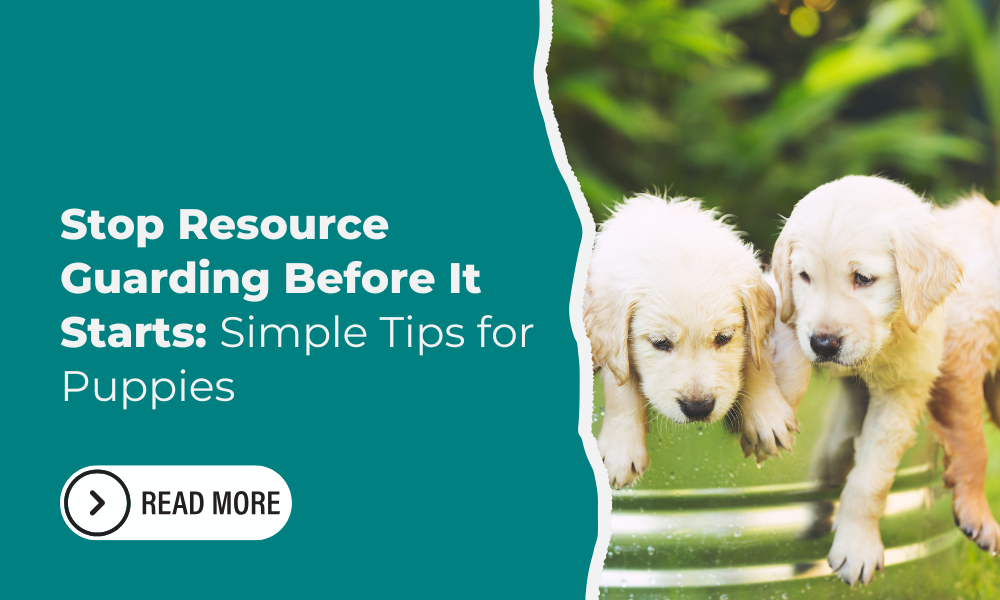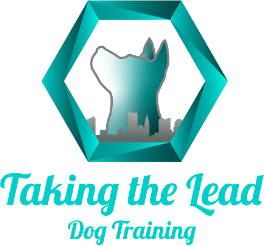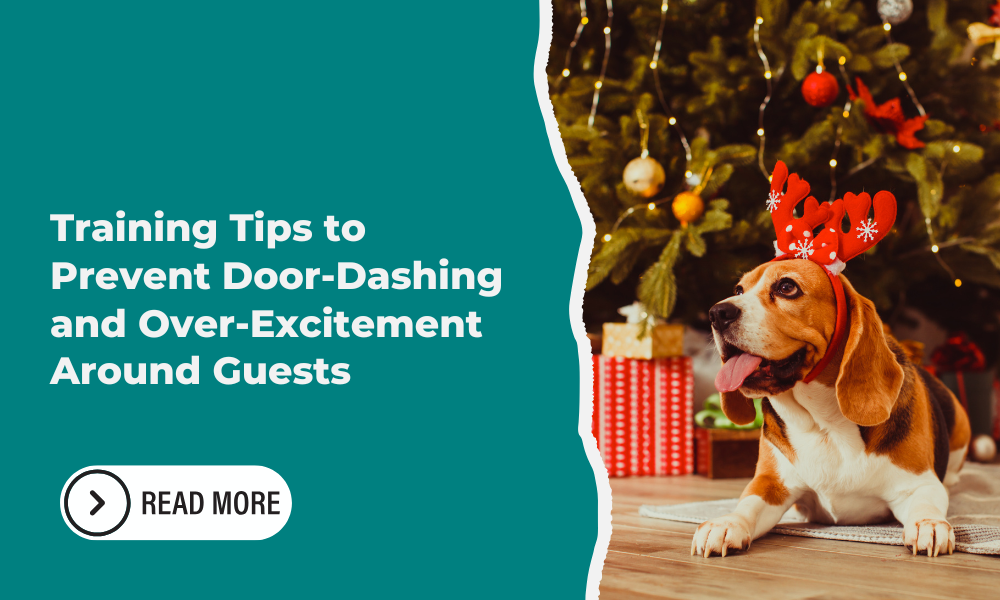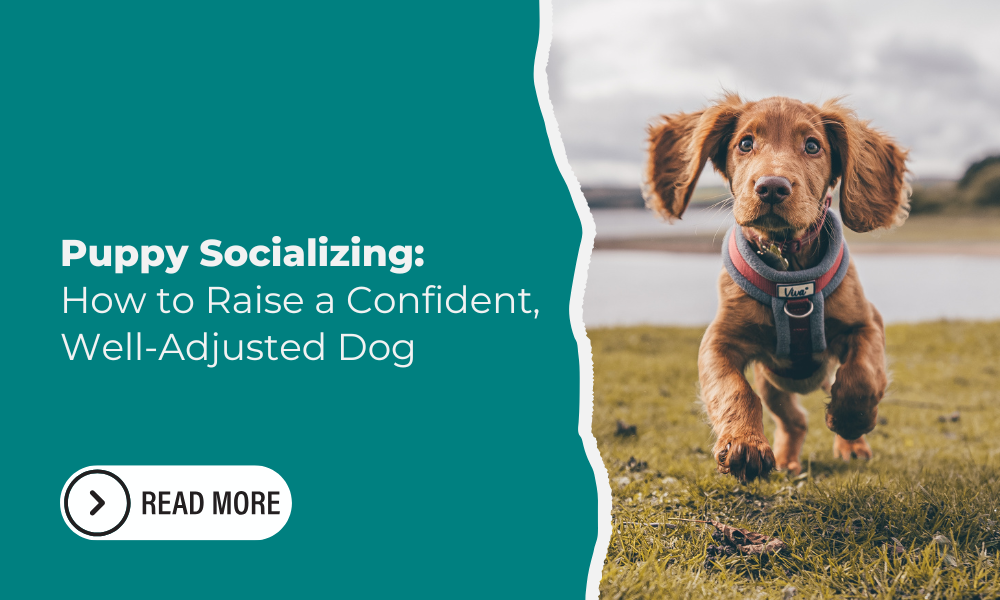Stop Resource Guarding Before It Starts: Simple Tips for Puppies
Taking the Lead • October 3, 2025

While resource guarding is a natural instinct for dogs, it’s important to address it early, especially in puppies, to prevent it from becoming a serious problem later on.
Why Puppies Resource Guard
Puppies are learning about the world around them, including what is theirs and what is safe to share. Resource guarding can develop when a puppy feels possessive over something valuable or fears losing it. Early prevention is key—teaching your puppy that sharing and giving up items can be rewarding helps set the foundation for a well-adjusted adult dog.
Prevention Through Shared Possession and Trading Games
One of the most effective ways to prevent resource guarding is through shared possession and trading games. Here’s how to do it:
Use a High-Value Item
Choose something your puppy really enjoys, like a bully stick or a favorite chew. Attach a leash to your puppy for safety and better control.
Make It “Ours”
Instead of taking the item away completely, hold it while your puppy chews. This shows that the item is shared—it’s not just theirs, but something you can safely handle too.
Practice Trading
Offer a treat in exchange for the item, take it away briefly, and then give it back. This teaches your puppy that giving things up leads to good outcomes, not loss.
Use High-Value Treats
If your puppy is reluctant to give up an item, use especially tasty treats to motivate them. The goal is for your puppy to feel excited about trading.
Introduce Release Cues
Teach a cue like “Drop It” when you want your puppy to release the item, and a release word like “Break” or “Get It” when it’s okay to enjoy the item again. Consistent cues help your puppy understand expectations.
Additional Tips
- Avoid Punishment: Never scold or grab items from your puppy forcibly. This can increase fear and make resource guarding worse.
- Keep Sessions Short and Positive: Practice trading for a few minutes at a time to prevent frustration and keep the experience fun.
- Vary Items: Practice with different toys, chews, and even food items so your puppy generalizes the behavior across situations.
- Supervise Interactions with Other Dogs and Kids: Early socialization under supervision helps puppies learn how to share resources safely.
Key Takeaway
The most important rule is: never just take items away permanently. Always trade or return the item so your puppy learns that giving things up leads to good outcomes, not loss. With patience, consistency, and positive reinforcement, your puppy can grow up confident, well-behaved, and comfortable sharing.


Many dog owners are surprised to learn that the proteins in their dog’s food can sometimes trigger allergies. Research has shown that certain proteins are more likely to cause reactions, with beef, dairy, and chicken being the top offenders. These ingredients are commonly found in dog foods, which may explain why some



Share On: